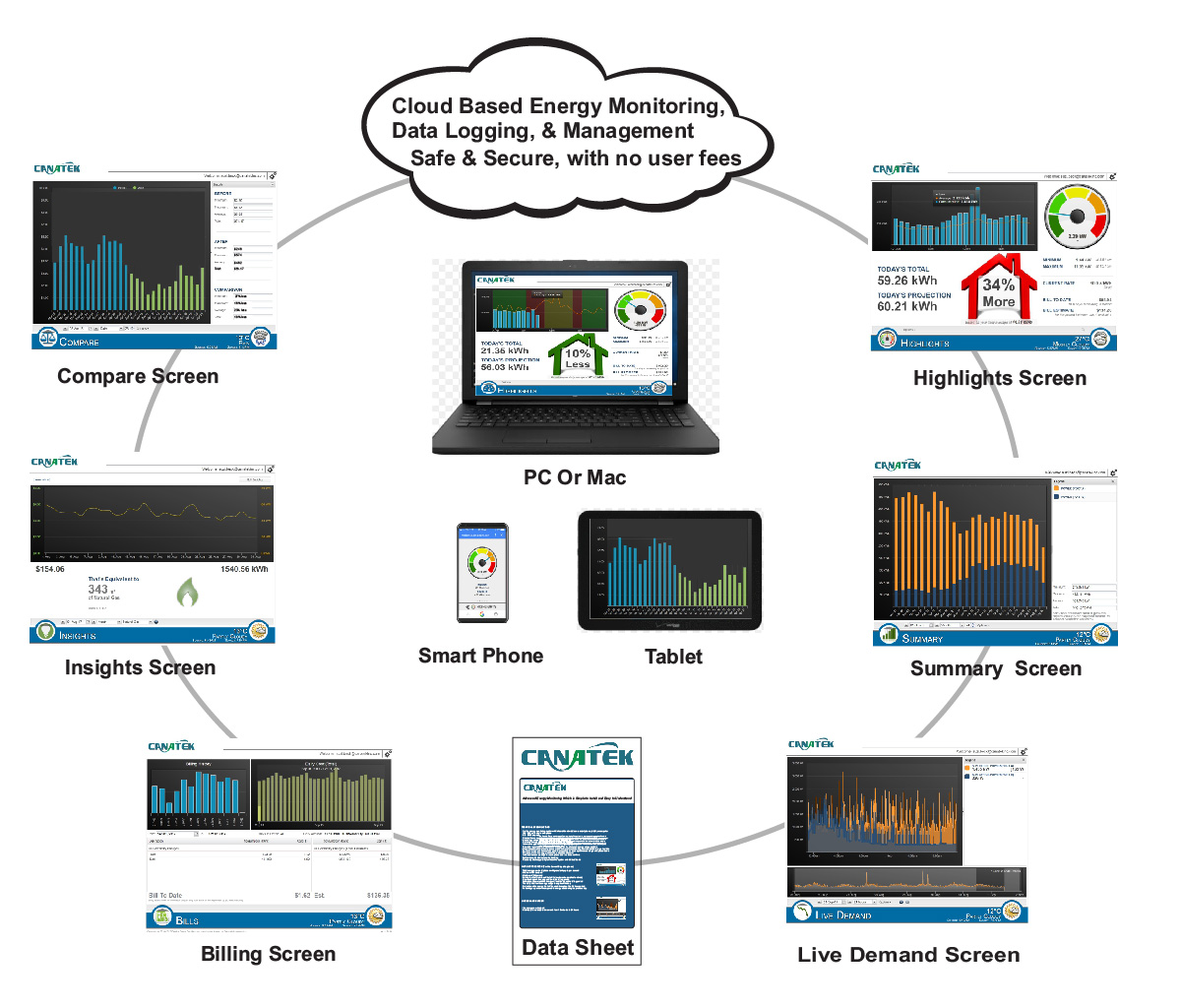In today’s world, energy efficiency has become a top priority for individuals, businesses, and governments alike. With the rising costs of energy and the growing concerns about climate change, it’s essential to monitor and manage energy consumption effectively. Energy monitoring systems have emerged as a vital tool in achieving this goal. In this article, we’ll delve into the world of energy monitoring systems, exploring their benefits, types, and applications.

Introduction to Energy Monitoring Systems
An energy monitoring system is a network of devices and software that tracks and analyzes energy consumption in real-time. These systems provide detailed information on energy usage patterns, helping users identify areas of inefficiency and opportunities for improvement. By monitoring energy consumption, individuals and businesses can reduce their energy bills, lower their carbon footprint, and contribute to a more sustainable future.
Benefits of Energy Monitoring Systems
The advantages of energy monitoring systems are numerous. Some of the most significant benefits include:
- Energy Savings: By identifying areas of energy inefficiency, users can take corrective action to reduce their energy consumption, resulting in significant cost savings.
- Real-Time Monitoring: Energy monitoring systems provide real-time data, enabling users to respond quickly to changes in energy usage patterns.
- Data-Driven Decision Making: With access to detailed energy consumption data, users can make informed decisions about energy management and optimization.
- Increased Efficiency: Energy monitoring systems help users optimize their energy usage, reducing waste and improving overall efficiency.
- Compliance and Reporting: These systems simplify compliance with energy regulations and reporting requirements, ensuring that users meet their obligations.
Types of Energy Monitoring Systems
There are several types of energy monitoring systems, each with its unique features and applications. Some of the most common types include:
- Building Energy Management Systems (BEMS): Designed for commercial and industrial buildings, BEMS monitor and control energy consumption, optimizing energy efficiency and reducing waste.
- Home Energy Monitoring Systems: These systems are designed for residential use, providing homeowners with real-time energy consumption data and helping them identify areas for improvement.
- Industrial Energy Monitoring Systems: These systems are designed for industrial applications, monitoring energy consumption in manufacturing processes and helping companies optimize their energy usage.
- Wireless Energy Monitoring Systems: These systems use wireless communication protocols to transmit energy consumption data, providing a convenient and cost-effective solution for energy monitoring.
Applications of Energy Monitoring Systems
Energy monitoring systems have a wide range of applications across various industries and sectors. Some of the most significant applications include:
- Commercial Buildings: Energy monitoring systems help building owners and managers optimize energy efficiency, reducing energy bills and improving occupant comfort.
- Industrial Processes: These systems monitor energy consumption in manufacturing processes, helping companies reduce energy waste and improve productivity.
- Residential Homes: Home energy monitoring systems empower homeowners to take control of their energy consumption, reducing energy bills and promoting sustainability.
- Data Centers: Energy monitoring systems are used in data centers to optimize energy efficiency, reduce energy waste, and ensure reliable operation.
How Energy Monitoring Systems Work
Energy monitoring systems typically consist of several components, including:
- Sensors and Meters: These devices measure energy consumption and transmit data to a central hub or cloud-based platform.
- Data Loggers: These devices collect and store energy consumption data, providing a detailed record of energy usage patterns.
- Software and Analytics: Advanced software and analytics tools process energy consumption data, providing insights and recommendations for optimization.
- Communication Protocols: Energy monitoring systems use various communication protocols, such as Wi-Fi, Ethernet, or cellular networks, to transmit data and receive updates.
FAQs
- What is the cost of an energy monitoring system?
The cost of an energy monitoring system varies depending on the type, size, and complexity of the system. Residential systems can start from a few hundred dollars, while commercial and industrial systems can cost tens of thousands of dollars. - How accurate are energy monitoring systems?
Energy monitoring systems are designed to provide accurate and reliable data. However, the accuracy of the system depends on the quality of the sensors, meters, and data loggers used. - Can energy monitoring systems be integrated with other systems?
Yes, energy monitoring systems can be integrated with other systems, such as building automation systems, HVAC systems, and energy management systems. - What is the return on investment (ROI) for energy monitoring systems?
The ROI for energy monitoring systems varies depending on the system and application. However, studies have shown that energy monitoring systems can provide a significant ROI, ranging from 10% to 30% or more. - Are energy monitoring systems secure?
Energy monitoring systems are designed to be secure, with features such as encryption, secure communication protocols, and access controls to protect against unauthorized access and data breaches.
Conclusion
Energy monitoring systems are a powerful tool for individuals, businesses, and governments to manage and optimize energy consumption. By providing real-time data and insights, these systems help users reduce energy waste, lower their carbon footprint, and promote sustainability. With various types and applications, energy monitoring systems can be tailored to meet specific needs and goals. As the world continues to prioritize energy efficiency and sustainability, energy monitoring systems will play an increasingly important role in shaping a more environmentally friendly and energy-efficient future. By investing in energy monitoring systems, we can create a better tomorrow, one energy-saving step at a time.
Closure
Thus, we hope this article has provided valuable insights into Energy Monitoring Systems: A Comprehensive Guide. We hope you find this article informative and beneficial. See you in our next article!